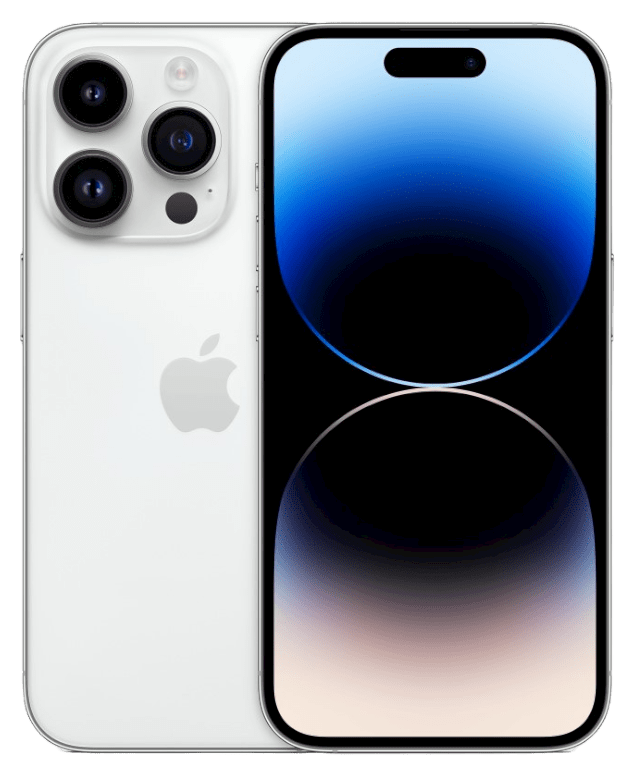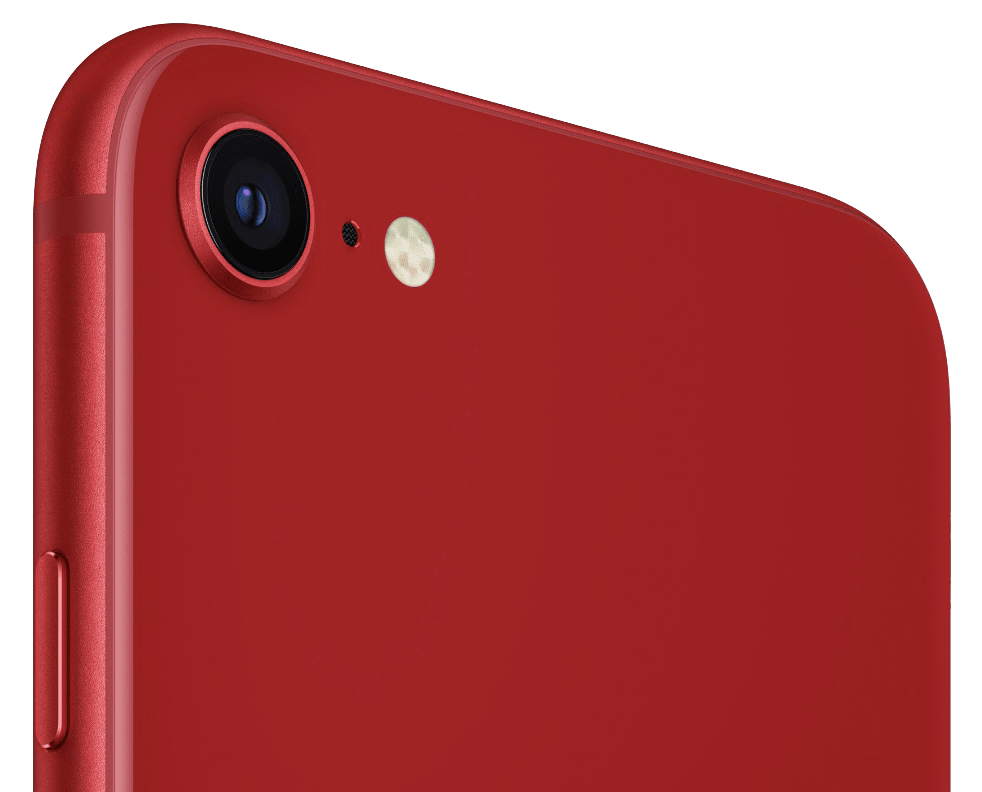Why buy an Apple iPhone SE (2022)?
Incredible performance for the money
5G adds future-proofing
The cheapest new iPhone
Not convinced? Try one of these alternatives to a Apple iPhone SE (2022):
iPhone 13 mini - smaller, better screen, much better camera
Refurbished iPhone 12 mini - slower but smaller, with a better screen and camera
Google Pixel 4a - much slower and no 5G, but one of few compact Android rivals
Introduction
Apple’s iPhone SE is the cheapest model in the iPhone range, serving as an iPhone entry point for people who don’t want to pay full whack. This third version of the phone was released in 2022, so to avoid confusion we refer to it as the iPhone SE (2022). You might see others call it the iPhone SE (3rd generation).
Whatever you call it, this iPhone SE is much like the lovechild of an iPhone 13 and an iPhone 8, featuring gubbins from the former, crammed into the case from the latter. It’s not just a bargain iPhone - the presence of the latest A15 Bionic chip means that it packs real power. Apple’s newest processor is simply the fastest out there, so the iPhone SE (2022) is incredibly quick for a mid-range phone. It’s also got 5G connectivity!
Design
If you liked the iPhone 8, you’ll love the iPhone SE (2022). From the outside it’s essentially identical, except that the large plastic borders above and below the screen are black, rather than white. This phone looks little like today’s other iPhones and, to most eyes, it’s rather dated. Although bigger than the iPhone 13 mini, the older design only leaves room for a smaller, 4.7” screen.
It may look like a throwback, but this still feels every bit the iPhone. Combining a lovely, aluminium chassis with glass at the front and rear, it oozes the kind of quality that you don’t normally get on a £400 phone.
The iPhone SE (3rd generation) is waterproofed, although not to the same depth as the iPhone 13 range. It also misses out on MagSafe accessories. Like other recent iPhones, there’s no audio jack - the Lightning connector supports wired headphones with the right accessories.
Camera
If you’re a keen photographer, you might find the iPhone SE (2022)’s camera disappointing. It’s a single-lens setup, essentially carried over unchanged from the iPhone SE (2020). While Apple has updated it with the Deep Fusion and Photographic Styles features found on the iPhone 13 Range, it hasn’t introduced Night Mode - essential to very low light photography.
All the same, the 12 megapixel (MP) camera uses AI-enhancements to turn in extremely impressive photos. Features like Portrait Mode and Portrait Lighting help you capture the best of friends and family, while HDR 4 ensures everyone’s correctly exposed, even in challenging lighting conditions. At the front, the 7MP camera is more than up to selfie duty, but it’s not an especially brilliant camera otherwise.
Video
This phone’s video performance isn’t about to set the world alight, but again, it’s much more capable than you might expect from a single, 12MP sensor. There’s support for 4K video at up to 60 frames per second (fps), and even 1080p HD recording at 60fps. Unlike some other mid-range phones, the iPhone SE (2022) has optical image stabilisation, offering smooth and steady filming even when you’re moving.
The front camera can’t film 4K, but it does support 1080p HD at up to 30fps. There’s also 1080p HD slo-mo at up to 120fps. While it’s not stunning, it’s more than up to the demands of FaceTime or other video calling apps.
Display
This phone’s comparatively basic display is a big factor in its lower price tag. While most mid-range phones now have sharp, large OLED screens, the iPhone SE (2022) makes do with a comparatively tiny 4.7” LCD. Its older technology can’t offer the same pixel density as newer OLED panels: this phone offers only 326 pixels per inch (ppi), and a resolution of only 1,334x750. For comparison, the iPhone 13 mini has 476ppi and a 2,340x1,080 resolution.
As far as LCDs go, however, this is a great example. While it can’t match the contrast, brightness or colour intensity of an OLED, it’s still a crisp and clear screen. And while it’s a shame to have borders, at least they mean that there are no cutouts for fingerprint readers or the front-facing camera. As a result, this is the only modern iPhone without a large black ‘notch’ in the screen, and one of very few phones with no camera cutout at all.
Processor
When it comes to processing power, this phone packs an absolutely monstrous punch. It uses exactly the same A15 Bionic chip that you’d find in an iPhone 13, making it one of the fastest phones on the market. It can smoke even the fastest Android alternatives - particularly impressive given it costs less than half the price of its flagship rivals.
Apple’s claims about the iPhone SE (2022)’s graphics performance, however, are surprisingly meek. Cupertino says to expect up to 1.2x faster visuals than the previous generation iPhone SE (2020). While this still makes it a fast phone, this - together with the small screen - means the newest iPhone SE is unlikely to lead the pack for gaming.
Battery
It’s unlikely that Apple has found any room to fit more battery into an old chassis, but the latest iPhone SE does promise improved battery life. While the iPhone SE (2020) offered a claimed 13 hours of video playback, or 40 hours of audio, the iPhone SE (2022) promises 15 hours of video, or 50 of audio. That’s not at all bad, and is likely to translate in typical use into a battery that comfortably lasts for more than a day.
When you do get low on juice, you can top up using any Qi wireless charging pad. There’s no charger supplied, but buy a 20W or higher device, use the supplied USB to Lightning cable, and you’ll get 50% charge in 30 minutes.
Colours and options
The iPhone SE (2022) comes in fewer colours than the main iPhone range. You can have it in Midnight (black), Starlight (white), or red. The base model has 64GB of storage rather than the 128GB you get with the cheapest iPhone 13, but you can pay more to get 128GB or 256GB.
As with all iPhones and most other modern phones, you’ll find no earphones or charger in the box. With no audio mini-jack, you’ll need either Bluetooth headphones, or a pair of Earbuds with Lightning Connector for your sounds. Alternatively you can use existing wired headphones with a suitable adaptor. There are no other options, but as always expect a huge range of official and third-party accessories.
>











